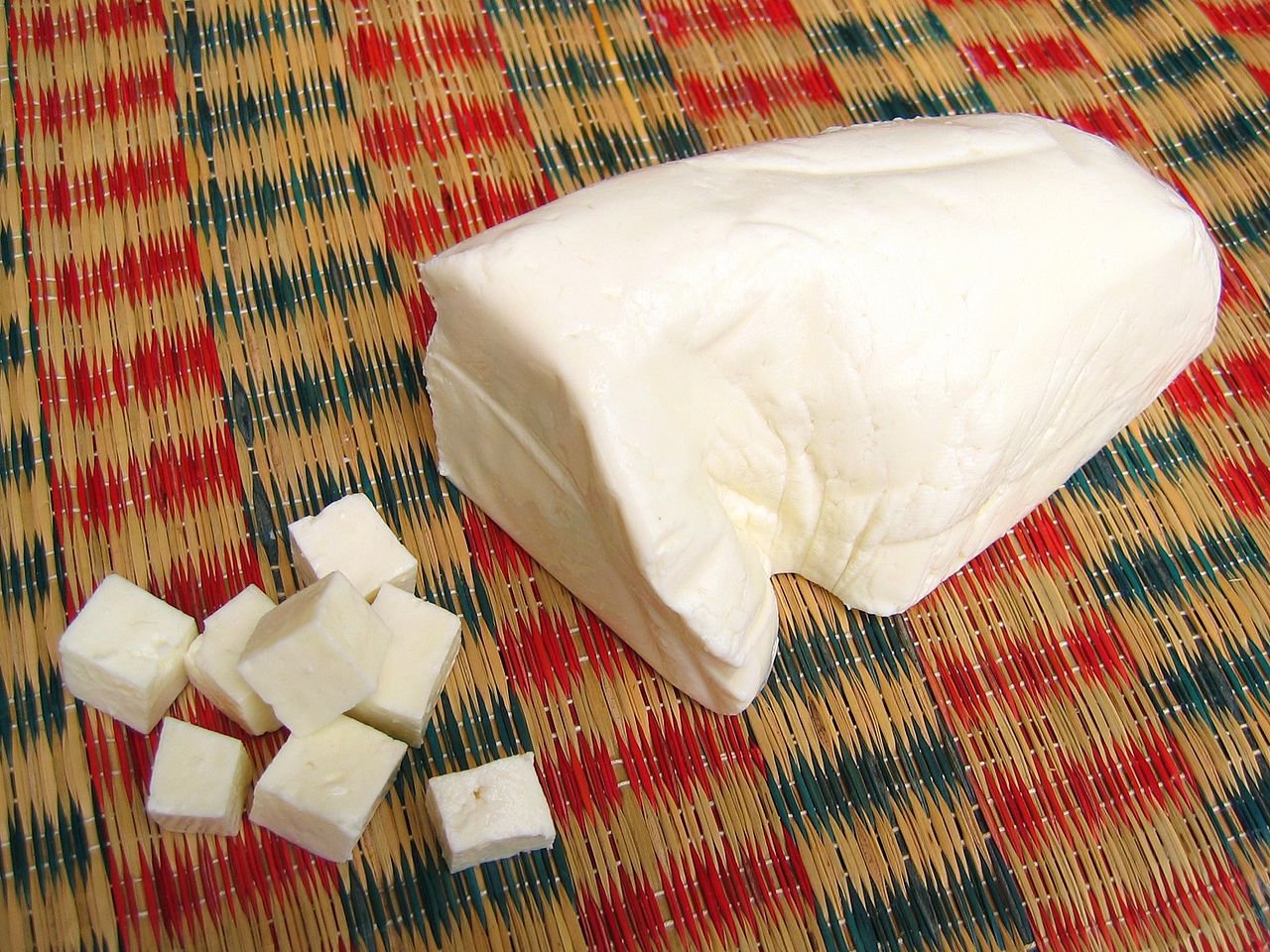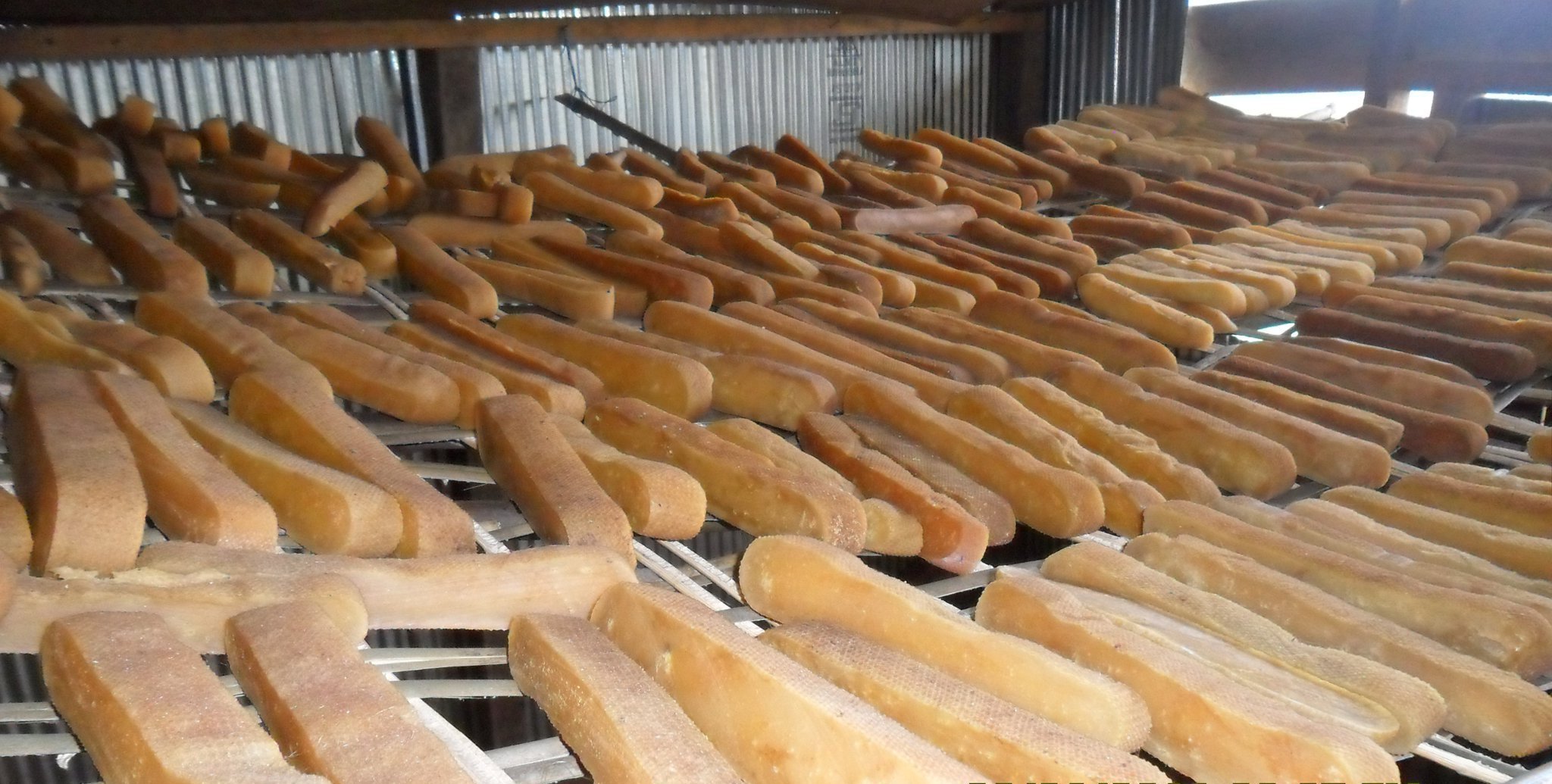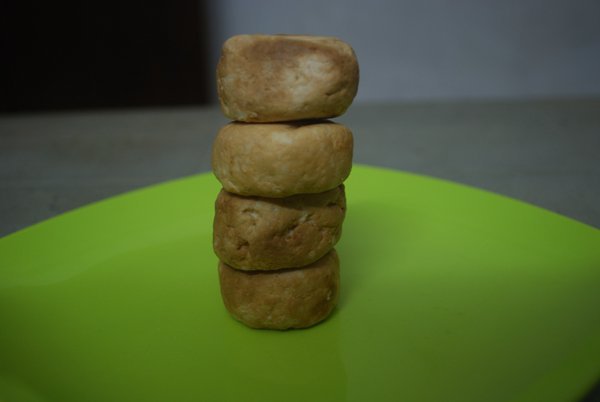When one was growing up – more than six decades ago – in a one or at best two mule town tucked in the mid-Himalayan backwaters of Uttar Pradesh, there was only one variety of cheese available and that too rarely in the store that specialised in strictly rationed, imported stuff. Kraft’s processed cheddar it was. It was much later that Amul made its appearance, signalling the success of the White Revolution.
Our parents who had seen the world beyond India, regaled us with cheeses they had encountered – blue and crawling with difficult to pronounce and spell names like Roquefort, Gruyere and Gorgonzola. Father who prided himself on his knowledge of “Phirangee” preferences in food and drinks threw occasional tidbits about pairing of “cheese with crackers” and how this offered an interesting option to the dessert course.

But we digress. For a majority of Indians, cheese in the decade after we got our Independence was an acquired taste – without doubt foreign in origin and expensive enough to be a prized treat. No one would suggest that the desi paneer recently introduced by the refugees from Pakistan had a very distant relationship with the tinned stuff.
But things have changed dramatically. Native (perhaps not a politically correct word) cheeses are literally tumbling down on us nowadays. Articles by foodies in travel magazines and blogs are laboriously reminding us that much before Vasco da Gama set his foot on hard land in Kozhikode, Indians had tasted cheese.
There are delightful Indian cheeses being rediscovered like Kalari in Himachal Pradesh and Jammu (known in Kashmir as maish krej) — a soft mozzarella-like product that has always been there. It is made by the nomadic Gujjars who also make kudan which resembles ricotta, using the leftover whey from making kalari.
Then there is churpi, hard with a smoky flavour, considered a high-energy food that is enjoyed mostly as a chewing gum. The realm of churpi — made from yak’s milk — extends from the North Western borderland between Afghanistan and the fuzzy frontier in the North East where India meets Bhutan and Myanmar all the way through Ladakh and Himachal Pradesh, Nepal and Sikkim.
The gali dai is a creamy cheese prepared with hung yogurt in the hill villages of Uttarakhand, that the Portuguese can’t be given credit for. And let’s not forget that the recipe of ema datshi, the national dish of Bhutan, has just two ingredients — chillis and indigenous cheese.
We are of the view that the Portuguese influence on cheese-making in India is over-emphasised. True cheeses with a distinct identity, such as the Bandel from the town with the same name in West Bengal and Surati (a.k.a. topli nu panir among Parsis) from Gujarat trace their lineage to the period of Portuguese Rule in India.

Yet, this doesn’t mean that Indians were unaware of all cheesy delights before this encounter. It has been suggested to our mind without adequate substantiation, that Hindus were inhibited from making cheese owing to some inexplicable religious taboo regarding “splitting” or curdling milk. Had this been the case, our ancestors would have led lives deprived of dahi (curds), takra, chhanch, moru (buttermilk).
All this isn’t a desperate effort to establish the claim that like much else, our ancestors — sons and daughters of this soil — are the ones who “discovered” the cheese-making process before anyone else.
What is far more likely is that this delectable dairy product was part of the exchange of commodities and ideas on the “roof of the world” through the Silk Route. Food historians have come across texts dating back to the Kushan period Circa first century CE that mention “the use of solids obtained from the mixture of warm milk and curds”. This was reserved to feed warriors, while the thin liquid (whey) was distributed among the poor. The Kushan Empire spanned large tracts in Central Asia and supports this thesis.

The Pashtuns have a penchant for the yogurt-based kadchgall that is believed to have elixir-like properties enhancing longevity. In Mongolia and other countries along this route, kashk is prepared from fermented milk. These cheeses are usually sun-dried to increase their shelf-life.
What is worth noting is that Indian cheeses are consumed without a trace of cheese snobbery – cooked with vegetables, deep-fried, heavily spiced, doused with chutney or plain unsalted. Let not the vogue for the exotic overwhelm us. Resist the temptation to put them on the same platter with “famous” foreign cheeses. But who are we to prescribe?
Each to his own – eating habits and cheese.

















